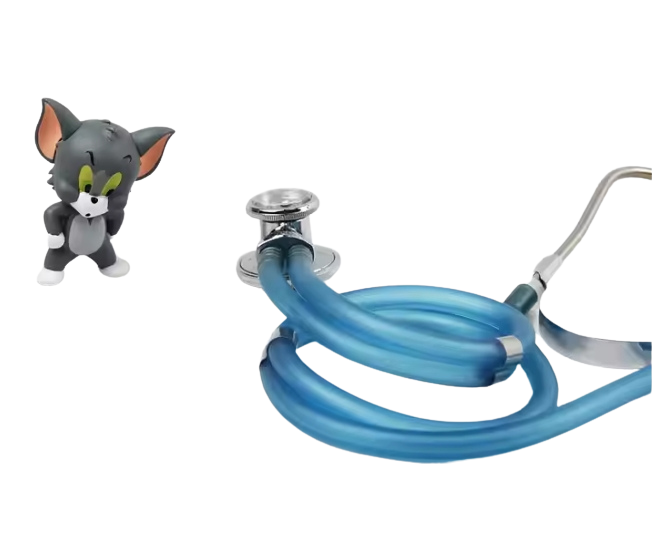The Future of Veterinary Diagnostic Tools: Innovations on the Horizon
10/2/20241 min read


Introduction to Veterinary Diagnostic Tools
As veterinary medicine continues to evolve, the diagnostic tools that practitioners use are also undergoing significant advancements. Traditional tools like stethoscopes have long been staples in veterinary practices, enabling practitioners to listen to heartbeats and lung sounds. However, with the integration of technology into veterinary medicine, we are witnessing a transformation in how these tools are designed and utilized.
The Evolution of Diagnostic Instruments
Recent developments in veterinary diagnostic tools involve innovative designs and the incorporation of digital technology. For instance, modern stethoscopes are now equipped with electronic sensors that can provide a digital readout of heart sounds, offering greater accuracy and reproducibility than their acoustic counterparts. Additionally, the integration of telemedicine has allowed veterinarians to conduct remote consultations, utilizing advanced imaging tools that can transmit real-time data securely.
What the Future Holds for Veterinary Diagnostics
Looking ahead, the future of veterinary diagnostic tools is poised to embrace even greater technological advancements. Artificial intelligence (AI) and machine learning are expected to play crucial roles in enhancing diagnostic accuracy. By analyzing vast amounts of data from various sources, AI algorithms can assist veterinarians in identifying potential health issues more efficiently. Furthermore, wearable technology is making inroads, enabling continuous health monitoring of pets through collars equipped with diagnostic sensors.
Additionally, the development of portable diagnostic devices could revolutionize veterinary practices, allowing for faster and more convenient testing in clinic and field settings. The collaboration of veterinary professionals with engineers and tech experts will likely spur further innovations that improve patient outcomes and streamline veterinary workflows.
In conclusion, the evolution of veterinary diagnostic tools is an exciting area of development, reflecting the changing landscape of animal care. As we continue to adopt new technologies, veterinarians will be better equipped to provide timely and accurate diagnoses. This not only enhances the quality of care for pets but also sets a promising path for the future of veterinary medicine.
© 2024. All rights reserved.
